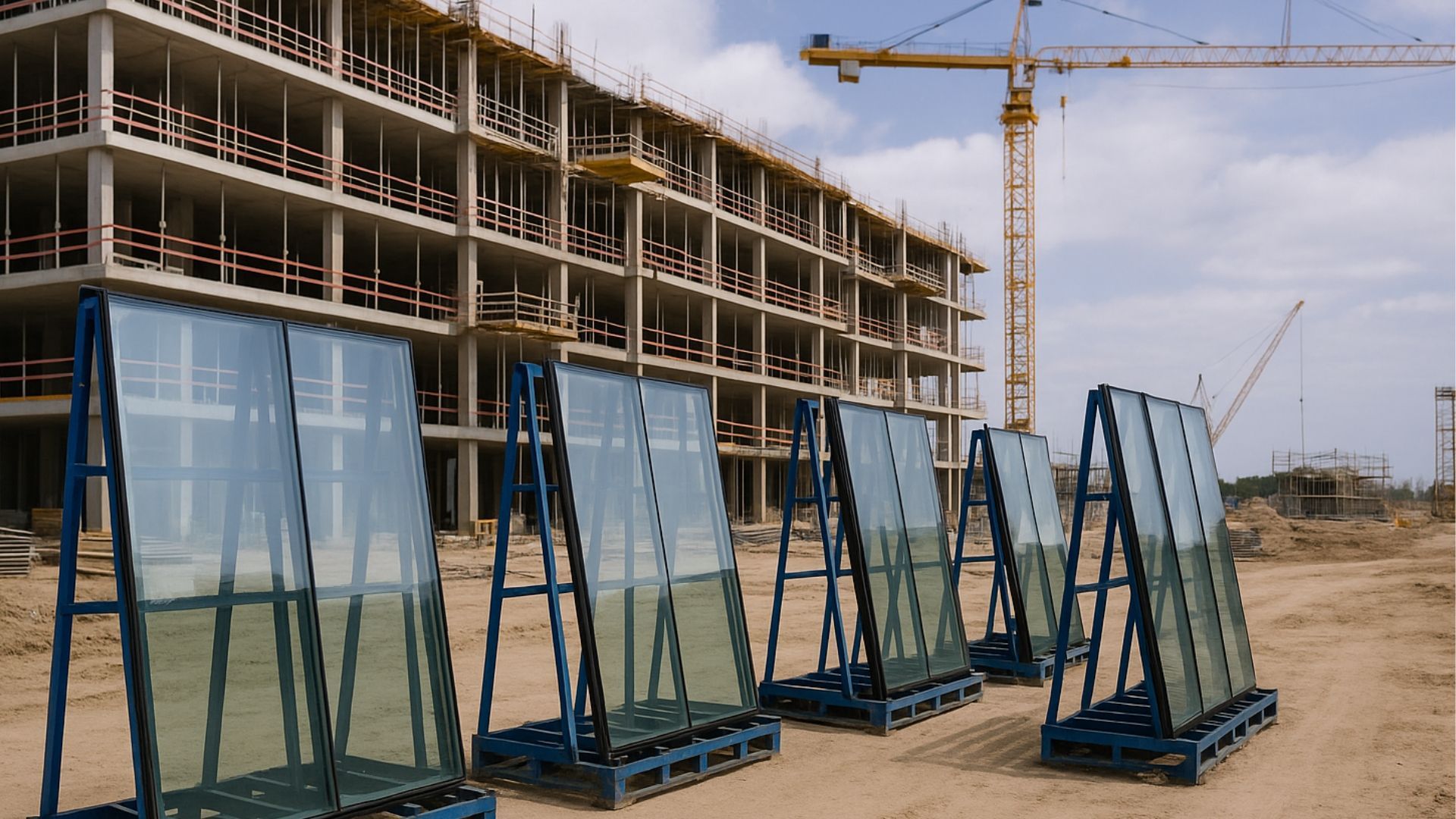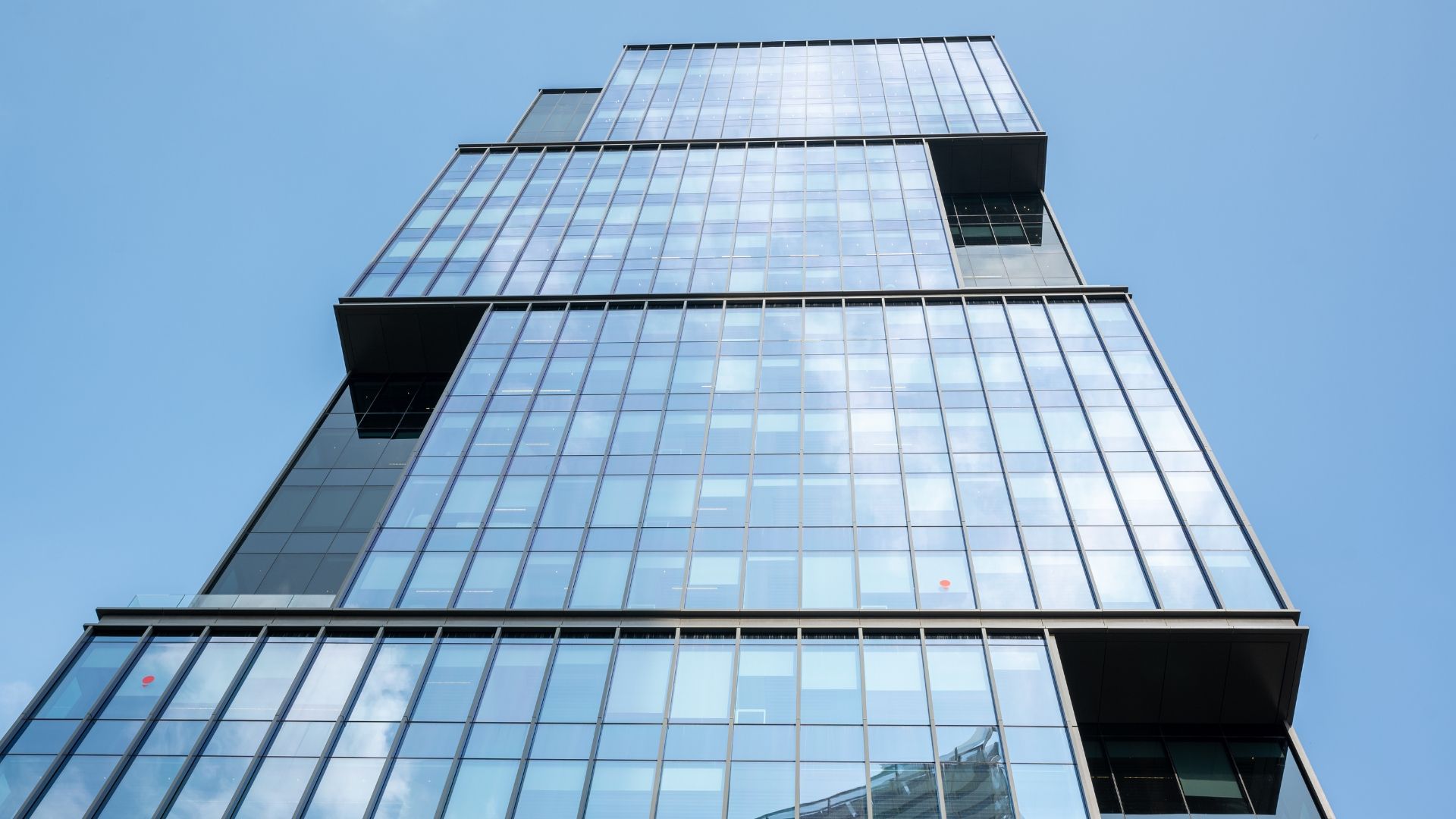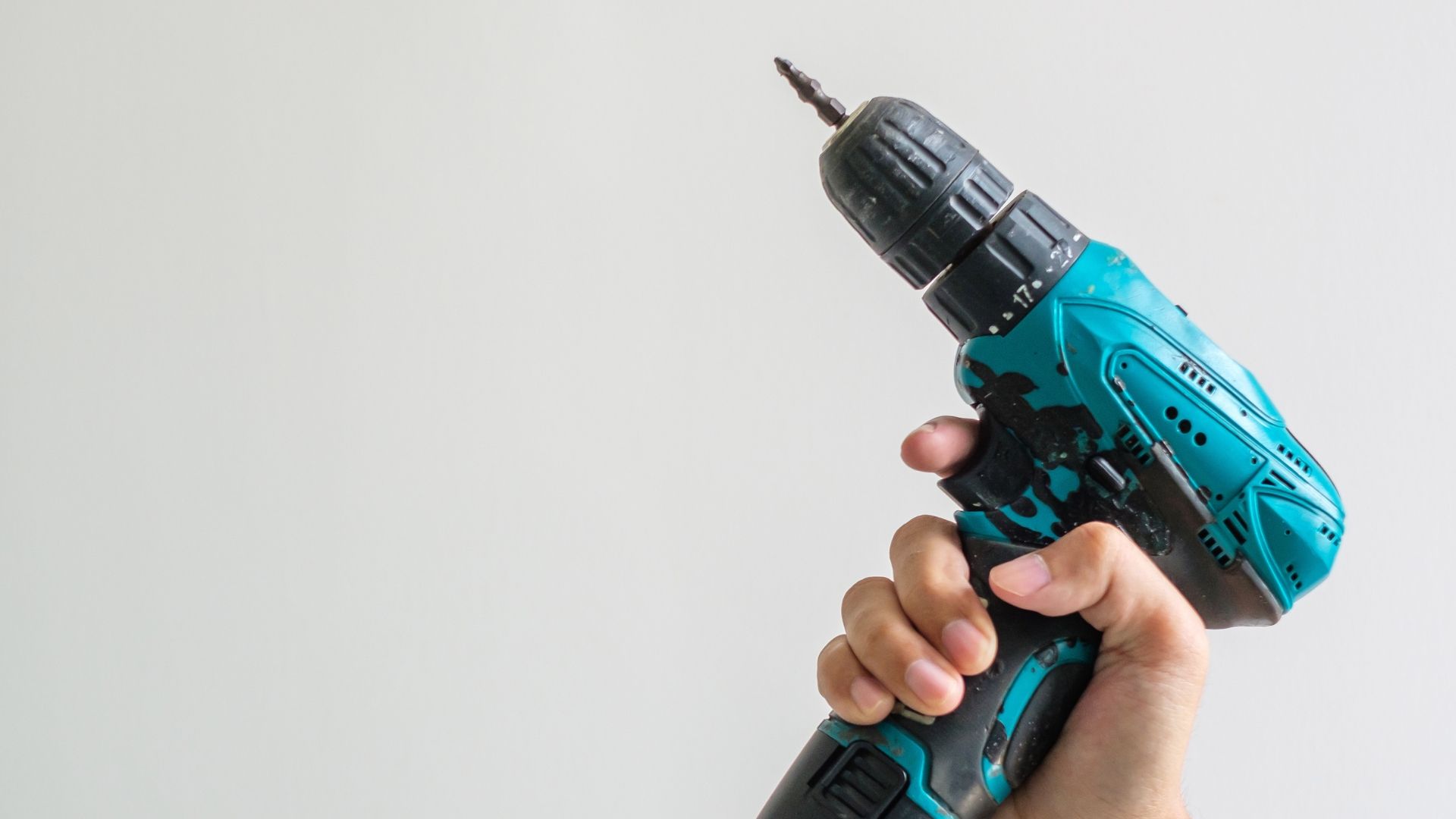What builders need to know about glass load-bearing structures
Share this blog:
Are you working with glass on a load-bearing structure? Learn the key considerations you need to be aware of.

Please note: this guide is for general information only and should not be construed as professional advice. It's the responsibility of the project contractor or designer to ensure compliance with current UK regulations and standards.
These days, all glass installations are regulated. Architects, installers and builders all have to be sure the materials they specify and use meet building regulations and industry standards. This is clearly seen in the regulations surrounding the use of glass in load-bearing structures.
If you only take one thing away from the article, make sure it's this: if you're using glass for a load-bearing structure, you need to be sure it's the right kind.
A close second in importance is the fact that the right glass alone isn't sufficient for a safe installation. The glass needs to be fixed securely to a sturdy frame.
The reason is clear. If a material is being used to bear a load, it must be sturdy enough to bear it. Some types of glass fit the bill and others don't.
In the world of structural glazing, you need glass that's both toughened and laminated. This belt-and-braces approach means the building has the structural integrity required to bear loads of all kinds.
But before we get into the nitty-gritty of structural glazing specifications, what do we mean by "load-bearing", exactly?
What counts as a load-bearing structure?
In architecture and construction, the phrase "load-bearing" refers to any building component that supports its own weight and the weight of another structural element. This could be a wall, beam, column or slab and could be made of any material, including glass.
The load-bearing capacity of a building component is important because the load is transferred to the foundation. In other words, a flaw in a load-bearing component can be critical to the stability of the structure as a whole.
There are two types of loads borne by load-bearing components: dead loads and live loads.

The dead load is the weight of the structure itself. The live load, meanwhile, is a force exerted on the component by people, the weather or the movement of objects. A curtain wall, for instance, needs to withstand the live load of the wind, while a glass balcony needs to withstand the load of people walking on it.
What is wind loading?
Wind loading refers to the pressure the wind places on the glass.
There are many factors used to calculate wind loads. Key factors include the height of the building, its shape and its relationship to its surroundings (both natural and manmade). The calculation will also be informed by the local wind speeds, which can vary from place to place.
There are three relevant types of wind forces:
- Uplift wind loads
- Shear wind loads
- Lateral wind loads
As a builder, you don't necessarily need to understand the science behind wind loading. But you do need to be confident that the materials you're handling and installing have the right wind load capacities.
What kind of glass is needed for load-bearing structures?
Glass used for load-bearing structures has to be both toughened and laminated. This gives it the strength and durability needed to bear live and dead loads.
Toughened glass is up to five times stronger than annealed glass. It becomes stronger during the toughening process, when it's heated at around 650°C (1,200°F) and then rapidly cooled.
Structural glass is created by bonding a plastic interlayer between two sheets of toughened glass. This means that, in the event of a breakage, the glass unit maintains structural integrity, drastically reducing the risk of injury to a building occupant or passerby.
The thickness required will depend on the specific load-bearing requirements of the structure, along with relevant safety standards and building regulations.
Meeting building regulations
Glass used for load-bearing structures must comply with the relevant UK building regulations: in particular, Approved Document K ("Protection from falling, collision and impact"). These regulations cover protection from impact and falling.

Materials must also meet the guidelines laid out in BS EN 1991-1-4 with regard to the action of wind on buildings. These guidelines help determine the appropriate thickness of glass for the project.
The importance of the frame
The right type of safety glass is crucial for the safety of a load-bearing structure. But the materials alone aren't enough.
The glass needs to be fitted to a strong, sturdy frame – and it needs to be attached with the right fixings.
Using appropriate fixings
When fixing safety glass to a frame, the right fixings must be used. Without the correct fixings, the structure may not reach its full load-bearing capacity.
Glass can be clamped, bonded or bolted to the frame. The precise type of fixing will depend on the load-bearing requirements and size of the glass being used.
Most of the time, bolts are used for larger glass elements such as curtain walls. Clamps and other kinds of fixings can be used for balustrades, staircases and other load-bearing structures.
What to wear when installing glass
When handling and installing glass, you should always wear the appropriate personal protective equipment (PPE). At the bare minimum, this would include safety goggles and gloves.
This use of PPE extends to the transportation process.
Careful lifting and carrying are paramount to ensure the glass reaches the site undamaged.
Using the right glass
When building a load-bearing structure, the right glass is all-important. This will be toughened laminated glass that can withstand the other parts of the structure it's supporting, as well as any live loads such as wind and human traffic.
Here at ToughGlaze, we can fix you up with the materials you need – materials that are manufactured to meet industry standards of structural glazing. What's more, we can cut them to the size you require and deliver them to your door.
So, if you're looking for high-quality safety glass for a load-bearing structure, contact ToughGlaze today for a quick, competitive quote.









